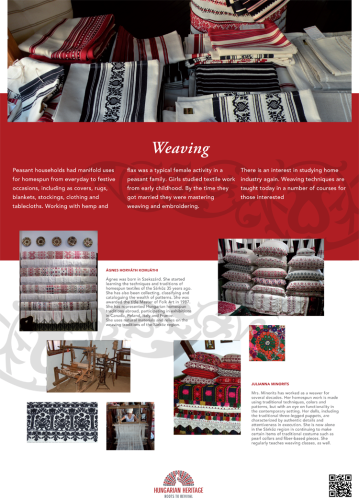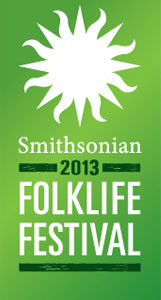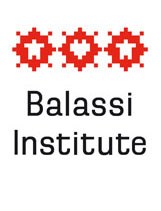 Peasant households had manifold uses for homespun from everyday to festive occasions, including as covers, rugs, blankets, stockings, clothing and tablecloths. Working with hemp and flax was a typical female activity in a peasant family. Girls studied textile work from early childhood. By the time they got married they were mastering weaving and embroidering.
Peasant households had manifold uses for homespun from everyday to festive occasions, including as covers, rugs, blankets, stockings, clothing and tablecloths. Working with hemp and flax was a typical female activity in a peasant family. Girls studied textile work from early childhood. By the time they got married they were mastering weaving and embroidering.
There is an interest in studying home industry again. Weaving techniques are taught today in a number of courses for those interested.
Ágnes Horváth Komjáthi
Ágnes was born in Szekszárd. She started learning the techniques and traditions of homespun textiles of the Sárköz 35 years ago. She has also been collecting, classifying and cataloguing the wealth of patterns. She was awarded the title Master of Folk Art in 1987. She has represented Hungarian homespun traditions abroad, participating in exhibitions in Canada, Poland, Italy and France. She uses natural materials and relies on the weaving traditions of the Sárköz region.
Julianna Minorits
Mrs. Minorits has worked as a weaver for several decades. Her homespun work is made using traditional techniques, colors and patterns, but with an eye on functionality in the contemporary setting. Her dolls, including the traditional three-legged puppets, are characterized by authentic details and attentiveness in execution. She is now alone in the Sárköz region in continuing to make certain items of traditional costume such as pearl collars and fiber-based pieces. She regularly teaches weaving classes, as well.
Related pages:






